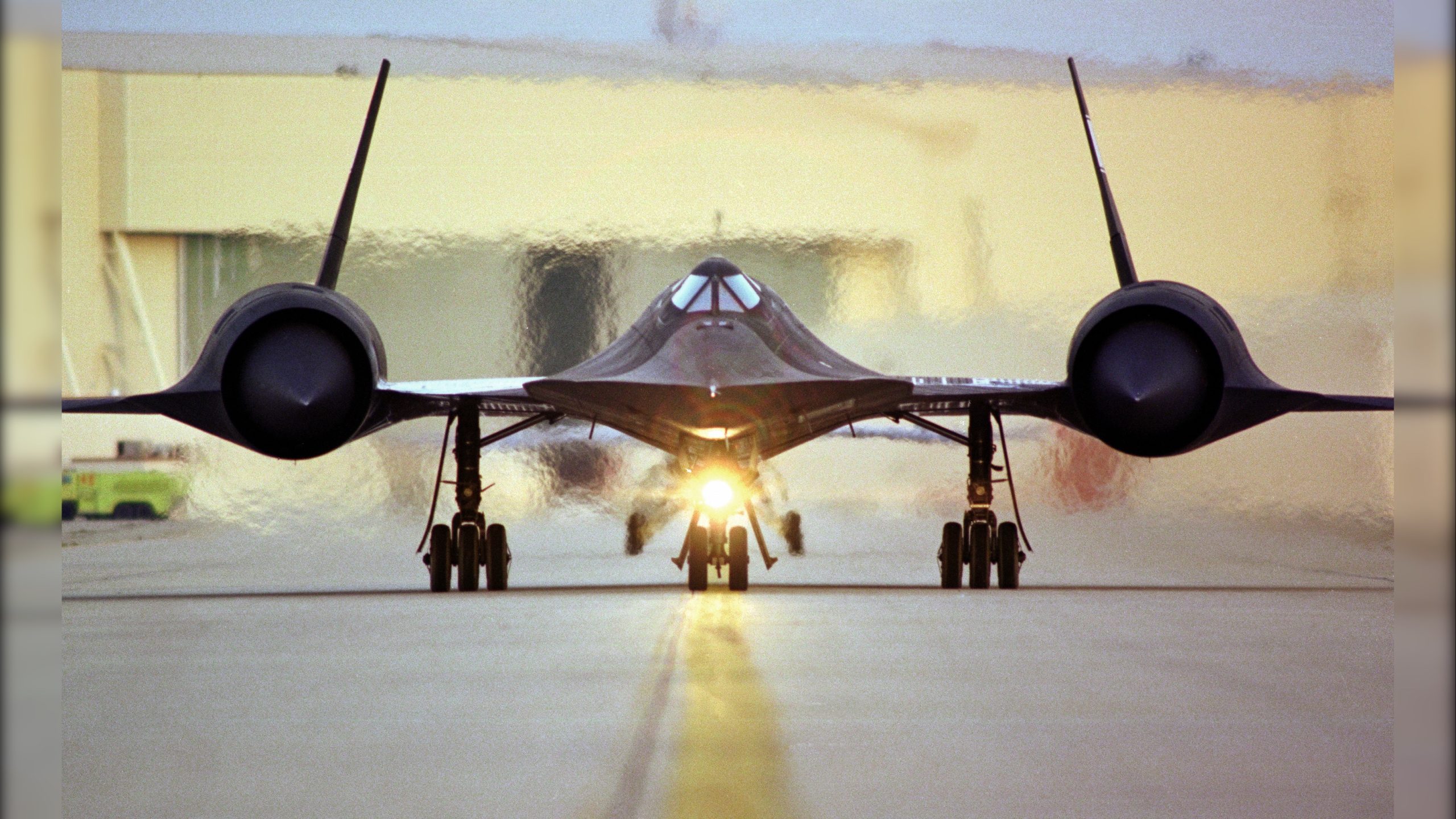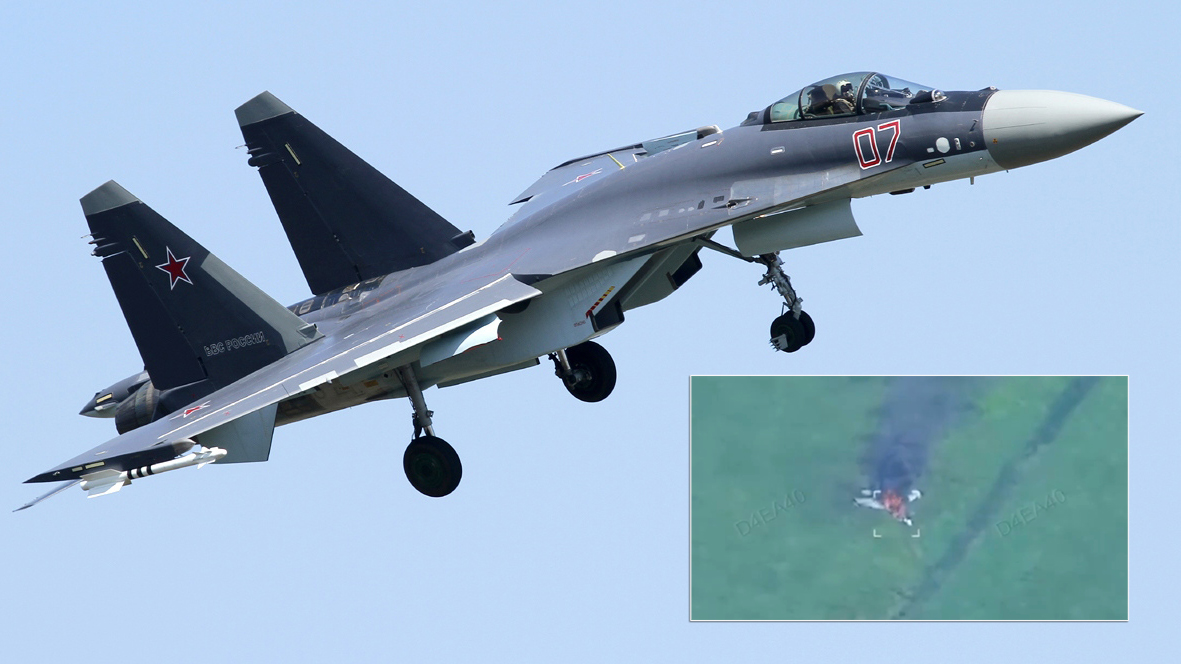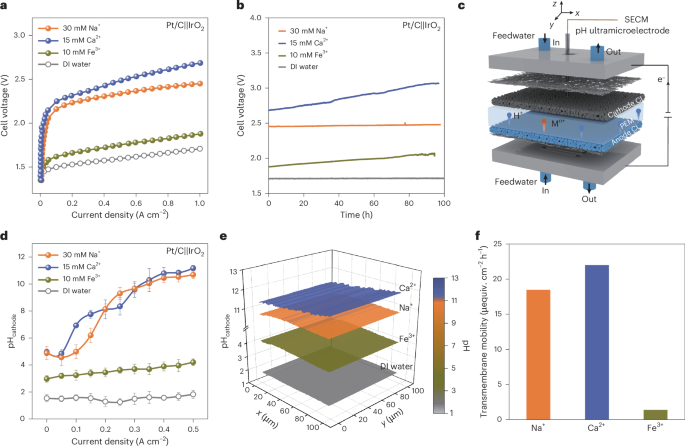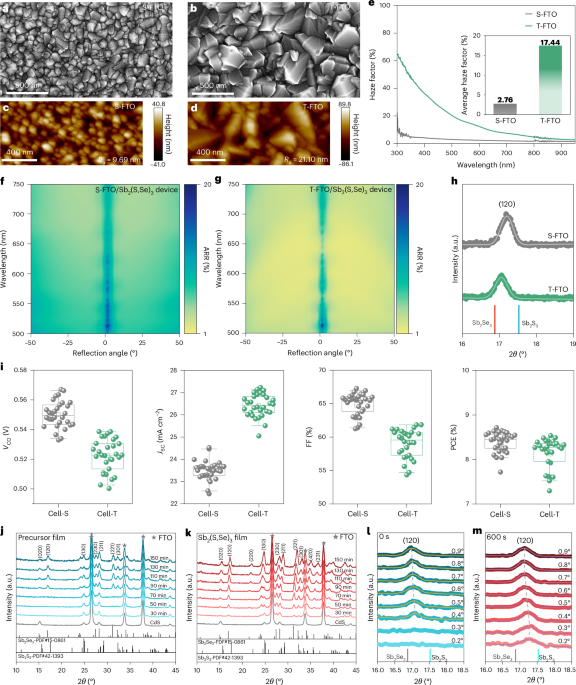EXCLUSIVE: Pentagon’s RDT&E budget revealed – Which next-gen systems get a cash influx in FY26?
Breaking Defense obtained a copy of the Defense Department’s FY26 budget request for RDT&E Programs. Here’s what you should know.


Shown is a graphical artist rendering of the Next Generation Air Dominance (NGAD) Platform. The rendering highlights the Air Force’s sixth generation fighter, the F-47. The NGAD Platform will bring lethal, next-generation technologies to ensure air superiority for the Joint Force in any conflict. (U.S. Air Force graphic)
WASHINGTON — The Pentagon is targeting a roughly $38 billion increase in its research, development, testing and evaluation (RDT&E) funding, with funding increases for F-47 fighter, new Golden Dome-related space capabilities and other priorities, according to a fiscal 2026 budget document obtained by Breaking Defense.
However, one key program — the Navy’s F/A-XX sixth-gen fighter — appears to be receiving a drastic cut compared to the previous year’s funding, setting up a fight between the Pentagon and Congress over the jet’s future.
The department is requesting $142 billion in RDT&E funding in its base budget, with another $37 billion in funding expected from budget reconciliation, according to the document. The overall RDT&E total, including both base budget and reconciliation, would be $179 billion, a significant jump from the $141.3 billion enacted in FY25.
The RDT&E budget document, dated June 2025, covers all unclassified weapon systems that the Pentagon is still developing, and hence dollar amounts rising or falling gives a sense of where those programs may be headed.
However, building in reconciliation — a budget process separate from the base budget, where the Trump administration is currently seeking $150 billion in defense money to be spent over the next five years — creates a level of uncertainty, as that money has yet to be officially voted into being.
Below are some of the service highlights from the RDT&E budget.
Navy and Marines: For the Navy and Marine Corps, the FY26 request includes roughly $25.7 billion in research and development funding, bolstered by approximately $3.4 billion in funding from reconciliation.
On a program by program basis, the biggest standout is an estimated $75 million for the F/A-XX program. Compared to the $1 billion R&D funding the program once projected, the FY26 request is unlikely to be enough to meaningfully progress the sixth-generation strike fighter towards a contract as industry has hoped would soon come, and could functionally cancel the program.
That sets up a likely clash between the new administration, which reportedly is not fond of the program, and lawmakers who want to see it move forward. Already, the House Appropriations Committee has announced plans to spend $972 million on the program, and included language in the bill that funding should be spent “in a matter that achieves accelerated initial operational capability” — underlining that Congress wants to see a new fighter fielded as soon as possible. It also places the Navy’s top leadership in the difficult position of having to defend cutting funding for a major aircraft program that, as recently as this month, they’ve defended as crucial.
Elsewhere, the service’s unmanned maritime systems programs appear to be reliant on funding from reconciliation coming through. For numerous programs, such as line items for the Medium Unmanned Surface Vehicles and Large Unmanned Undersea Vehicles, the administration reduced its funding request relative to previous years, or cut funding entirely. But anticipated overall FY26 funding will be bolstered by the reconciliation bill’s strong support for Navy unmanned systems.
The administration’s request for the Navy also appears to add a Collaborative Combat Aircraft line item, seeking $58 million for the effort. The concept of CCA centers around an unmanned fighter aircraft that can operate alongside manned fighter jets and has been an ongoing effort for the US Air Force.
The Air Force, Navy and Marine Corps have publicly discussed the need for any CCA program to be interoperable, but previous Navy budget requests have not included a formal line item for funding, and it had been unclear to what extent the Navy and Marines would follow suit.
Air Force: For the Air Force, overall R&D funding would jump relative to FY25, where the service was appropriated an estimated $46.9 billion. In FY26, the Trump administration would allocate roughly $62.2 billion for the service’s R&D, with reconciliation accounting for about $10.2 billion of that total.
Next-generation aircraft and weapon programs appear to be the big winners. For example, the Air Force would fund further development of Northrop Grumman’s B-21 Raider stealth bomber to the tune of $4.7 billion, about half of which would be sourced from reconciliation funds. Another Northrop program, the beleaguered LGM-35A Sentinel nuclear ICBM, would also see its funding jump to $4.1 billion when including $1.5 billion from reconciliation funds. The Air Force further plans to accelerate funding for the RTX-led hypersonic attack cruise missile, with plans to spend $802.8 million in FY26.
As expected, the Air Force’s F-47 sixth-generation stealth fighter was well-resourced following its ceremonious White House rollout: Its budget would be about $3.5 billion, with $900 million in reconciliation spending. Collaborative Combat Aircraft loyal wingman drones would also get about $789.4 million in FY26, but an overwhelming amount of its budget — $678 million, specifically — would be bankrolled by the One Big Beautiful Bill.
However, there appear to be some casualties in the proposed budget.
For example, the Air Force appears to be slowing funding for next-generation engine technologies: The Next Generation Adaptive Propulsion program, which was originally intended to design a powerplant to fly in the F-47, would see its funding fall to $330.2 million. And the Air Force also appears to axe research funding in FY26 that would contribute to recapitalizing the service’s aging KC-135 fleet, raising questions about officials’ plans to modernize the tanker inventory.
Space Force: The Space Force is a big winner in the administration’s FY26 budget proposal, getting a total of $29 billion ($15.5 billion in the base budget, $13.5 billion from reconciliation) in RDT&E funding. The FY25 request was for $18.5 billion.
The proposal includes a whopping $6.4 billion for “system development and demonstration” of Long Range Kill Chains in the reconciliation package — something that was not included in the baseline FY26 request, nor in previous requests — for the Space Force’s program with the National Reconnaissance Office to rapidly transmit data from satellites carrying Ground Moving Target Indication (GMTI) payloads to cross-service “shooters.”
That program also gets an enormous bump in another budget category for “operational systems development,” with the reconciliation package adding $1.25 billion to the Space Force’s $1.9 million FY26 baseline request. The FY25 spending level was set at $244 million. Another $1 billion is in the request for operational development of the GMTI sensor package; the FY25 appropriation was $256 million.
The service’s Resilient Missile Warning Missile Tracking – Low Earth Orbit (LEO) program for keeping tabs on hypersonic missiles, managed by the Space Development Agency (SDA), would see an extra $823 million from the reconciliation bill on top of a baseline request of $1.76 billion for a total of $2.58 billion. SDA got almost $1.7 billion in FY25 for the effort.
The ground system for the Next-Generation Overhead Persistent Infrared missile warning constellation further sees a small increase via the reconciliation package, which adds $195 million to the FY26 request of $358 million for a total of $553 million. The FY25 spending level was $500 million.
All three of these programs presumably would be part of President Donald Trump’s ambitious Golden Dome plan to create an air and missile defense shield over the US homeland.
Classified space programs also get a boost of $3.34 billion from reconciliation, added to another $2.86 billion for a total of $6.2 billion. The FY25 appropriation was $5.6 billion.
Finally, the Tactically Responsive Space program aimed at speeding the Space Force’s capability to get payloads into orbit also sees a plus up. While the FY26 baseline of $33.3 million is less than the FY25 appropriation of $40 million, the reconciliation package would add $135 million to bring the total to $168 million.
Army: The administration wants to spend $15.4 billion on Army RDT&E next year — $14.5 billion from the base budget and another $846 million funneled over from the reconciliation bill.
From that total, the service wants to spend $861 million in applied research, $1.2 billion in advanced technology development, $2.8 billion for advanced component development and prototypes, $5.7 billion for system development and demonstration, $1.4 billion for operational systems development, and $89 million for software and digital technology pilot programs.
When it comes to big-ticket developmental efforts, the service wants to spend $146 million on Army Integrated Air and Missile Defense. Another $248 million is directed towards the Army’s Indirect Fire Protection Capability Increment 2 — Block 1 development effort, $152 million for “future interceptor” development and $210 million for its Lower Tier Air Missile Defense Sensor work. For offensive weapons, $231 million is directed towards developing its Strategic Mid-Range Capability, $197 million on the Precision Strike Missile (PrSM), and $25 million for hypersonic weapons.
On the ground, the service is asking to pad its coffers with $386 million for manned ground vehicle development, $298 million for its Maneuver — Short Range Air Defense, $227 million for ground robotics and $351 million for night vision system development.
Up in the air, the service is looking to accelerate development of its Future Long-Range Assault Aircraft (FLRAA) by spending $1.2 billion next year, roughly the same amount it is spending this year.
Other items of note:
- The RDT&E funding for chemical and biological programs requests $1.2 billion with no reconciliation adds — slightly less than this area was given in FY25.
- US Cyber Command’s RDT&E funding requests $885 million, but after reconciliation that number adds up to $1.37 billion. This is nearly $3 million more than the command received in FY25.
- The RDT&E funding for the Defense Advanced Research Projects Agency has a $4.5 billion request, as well as more than $350 million in reconciliation. That total of $4.9 for FY26 is over $800 million more than in FY25.
- The Defense Information Agency was given $273 million in RDT&E funding, with no reconciliation adds. That total is about $1.5 million more than in FY25.
Theresa Hitchens, Valerie Insinna, Justin Katz, Michael Marrow, Ashley Roque and Carley Welch all contributed to this report.























































































































































